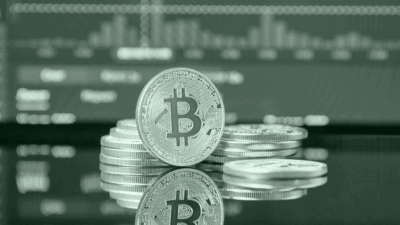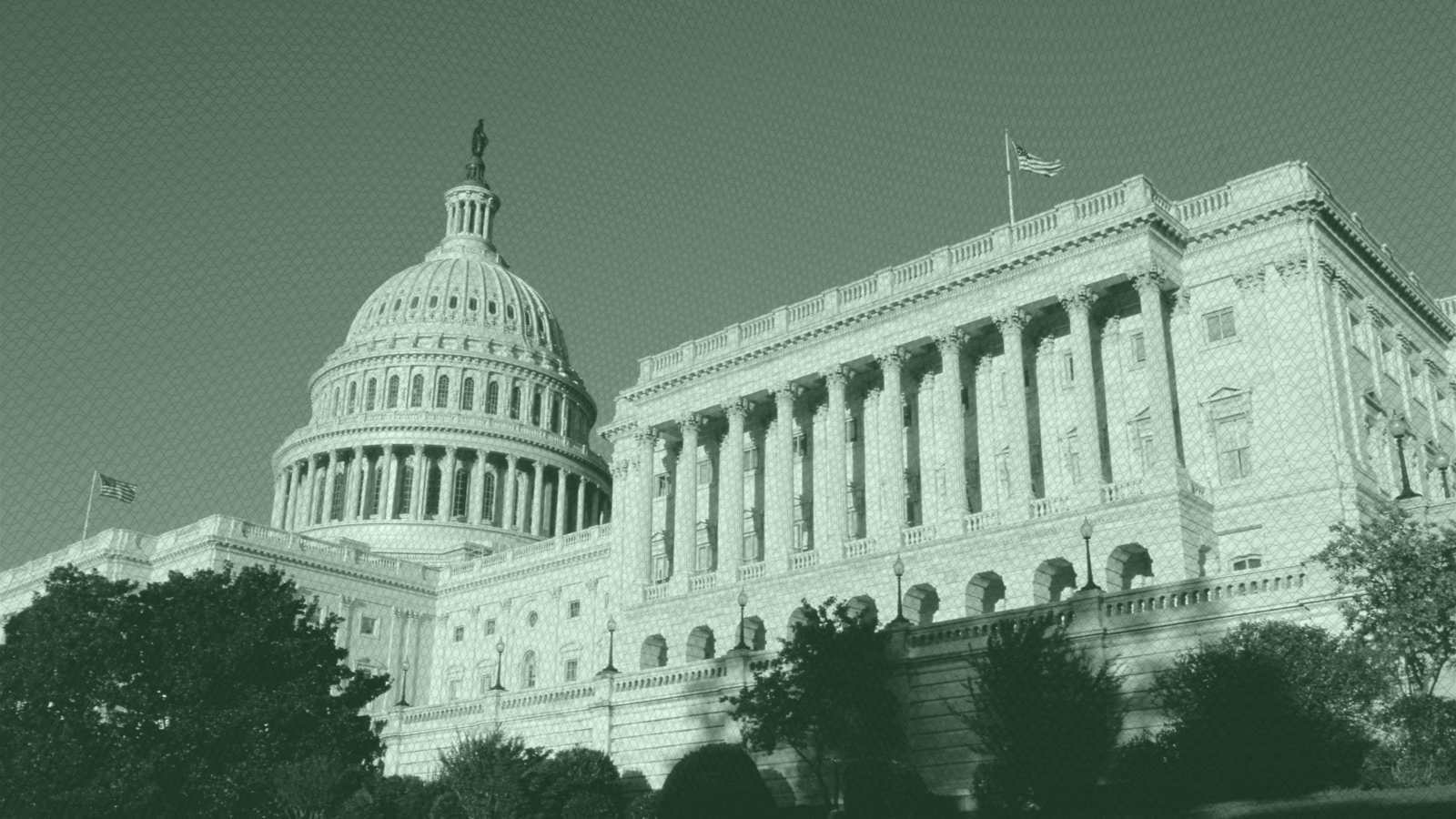Families Brace for Student Loan SmackDown
The government is coming to collect on federal student loans. That won’t just affect recent grads — it’s a family issue.

Sign up for market insights, wealth management practice essentials and industry updates.
The final component of COVID-era federal student loan relief ends this Monday, with the government starting collections on millions of accounts that are behind on payments. Unlike the professional wrestling theatrics that Secretary of Education Linda McMahon spent her career promoting, the consequences will be very, very real.
It’s a difficult time for many borrowers. After eight different pauses on student loans starting in 2020, the government started requiring repayment in 2023, though delinquency didn’t affect credit scores until October 2024. Recent grads who have never faced consequences for nonpayment have seen their credit scores drop, making it more difficult to rent apartments and buy or lease cars. Add in an increasingly difficult job market, and there’s a recipe for delays in building wealth, buying a home, or just getting out of debt. “The administration has announced they will garnish wages,” said Laurel Taylor, founder of Candidly, a firm that works with employers and financial services companies on student loan repayment, emergency savings, and other areas. “Avoidance of payment is no longer possible. The best thing that [borrowers] can do is engage now to get into a payment plan they can afford.”
Summer Slam
While the government can start recouping student loan debt by withholding tax refunds next week, it plans to begin garnishing Social Security benefits and workplace pay this summer. It’s an issue that doesn’t just affect young workers. Parents and grandparents who took out Parent PLUS loans may find fewer income-linked payment choices, as options put in place by the Biden administration are held up in court. Additionally, many parents may end up giving additional financial support to adult children who are just starting to repay their student loans.
“Many student loan borrowers have inflated their lifestyle expenses to the point that little room is left to restart loan payments,” said Samantha Heflin, a financial planner at Apella Wealth. “This will be a time for borrowers to take a hard look at their spending and repayment options.”
With 5 million borrowers in default and another 4 million nearing it, “25% of the [federal student loan] portfolio is headed toward default,” Taylor said. Candidly, which facilitates 401(k) matching contributions for employers whose workers are repaying student loans, has seen a 480% increase in the use of its platform by workers this year, including a more than two-fold rise in demand for its financial coaching services. “The highest outstanding balance is held by those over age 50,” Taylor said. “This is a household issue.”
According to the Education Data Initiative:
- The outstanding federal student loan balance is $1.7 trillion
- The average federal student loan debt is over $38,000
Tag Team Approach. “Advisors have a real opportunity to step in by helping families protect long-term goals while navigating short-term repayments,” said Ben Loughery, founder of Lock Wealth Management.











